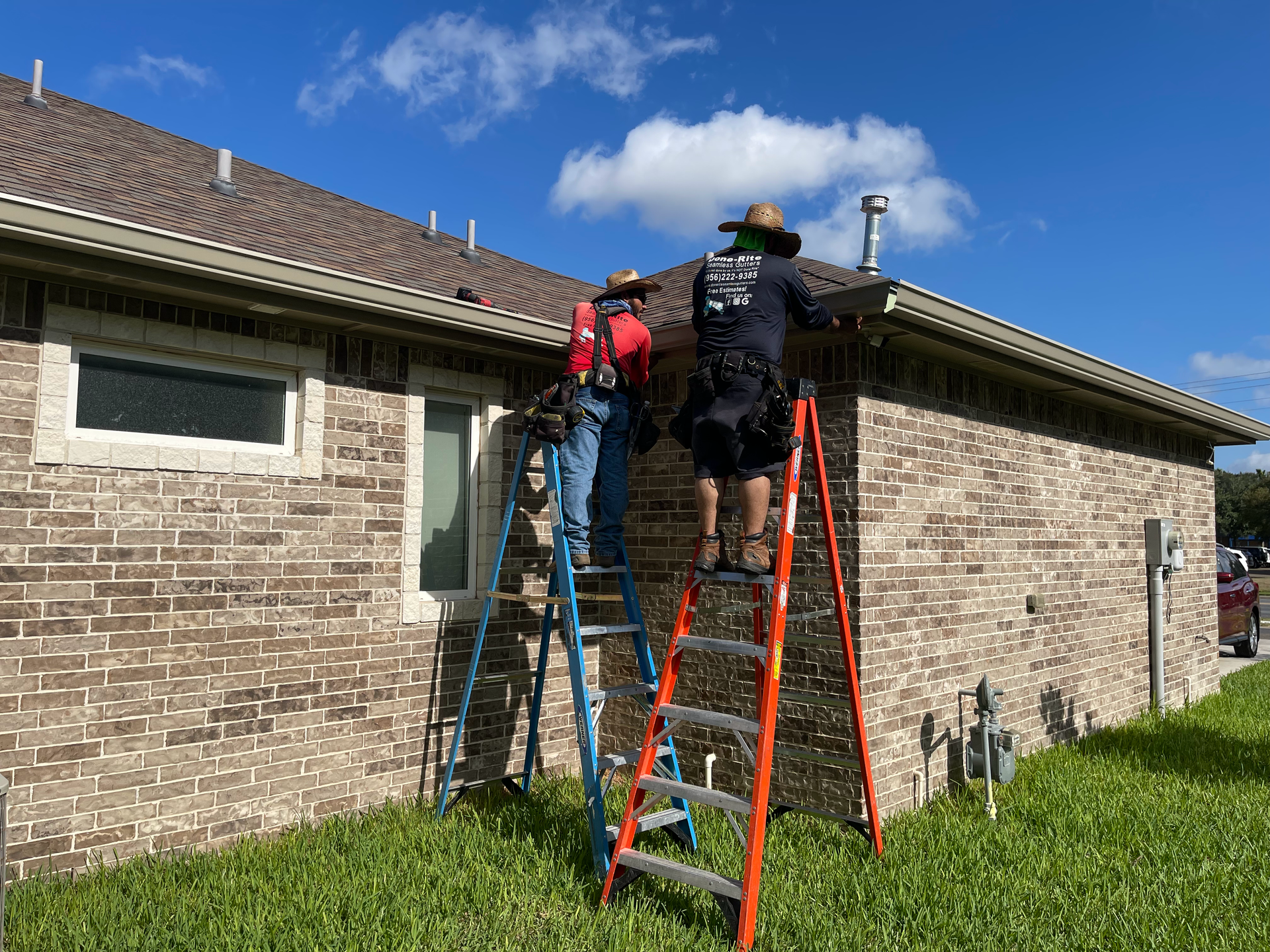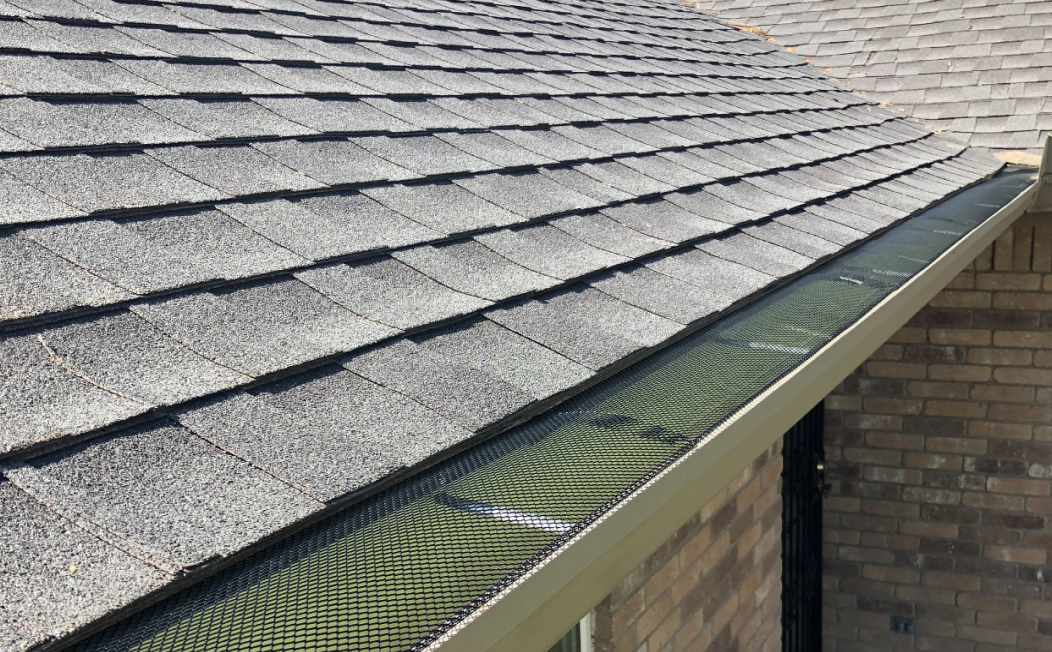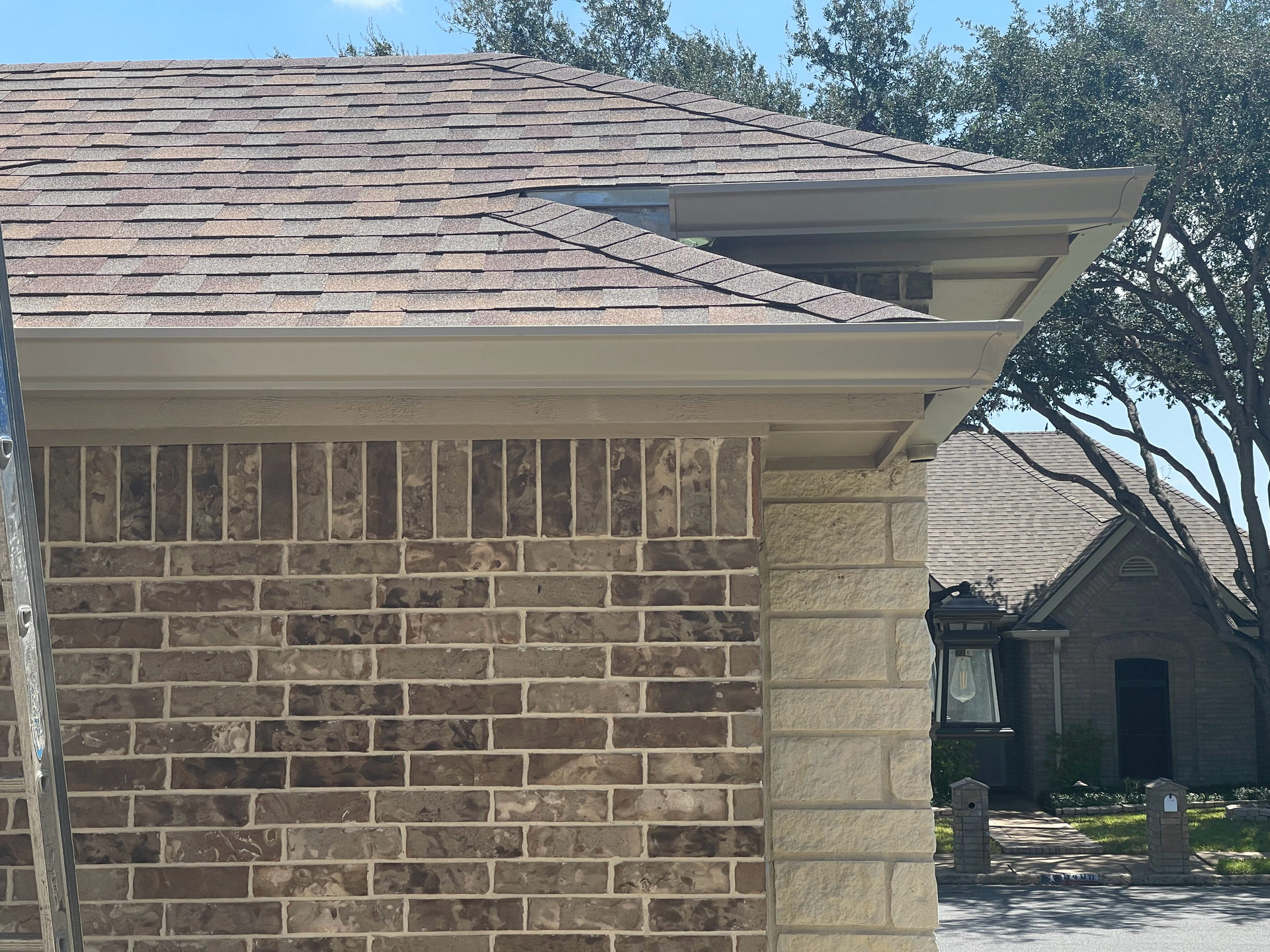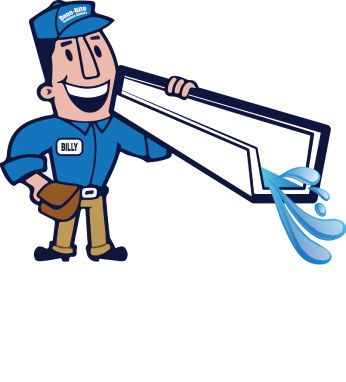How Long Can a House Go Without Gutters? Understanding the Risk
Gutters are often overlooked, but they play a critical role in maintaining the health and longevity of your home. Have you ever considered their importance or wondered how long your house can go without them? In this blog post, we will explore the risks associated with not having gutters and discuss how long your house can withstand their absence.
- Factors Affecting Duration Without Gutters
- Building Structure and Construction Materials
- Climate and Average Rainfall in the Area
- Impact on the Foundation and Surrounding Property
- Problems Caused by Lack of Gutters
- Erosion and Soil Damage
- Foundation Issues and Structural Damage
- Water Infiltration and Damage to Exterior Features
- Mold and Mildew Growth
- Decreased Property Value
- Signs That Your Home Needs Gutters
- Visual Indicators of Water Damage and Erosion
- Unusual Patterns of Water Runoff
- Excessive Buildup of Leaves and Debris
- Solutions and Alternatives
- Installing Gutters and Downspouts
- Gutterless Alternatives
- Maintenance for Prolonging Gutter Lifespan
- Conclusion
Factors Affecting Duration Without Gutters
Building Structure and Construction Materials
The durability of a house, when lacking gutters, heavily relies on the structure and construction materials used. Houses constructed with water-resistant materials tend to withstand the absence of gutters longer than those built with materials susceptible to water damage.

Climate and Average Rainfall in the Area
Gutters are often overlooked, but they play a critical role in maintaining the health and longevity of your home. Have you ever considered their importance or wondered how long your house can go without them? In this blog post, we will explore the risks associated with not having gutters and discuss how long your house can withstand their absence.
Impact on the Foundation and Surrounding Property
The durability of a house, when lacking gutters, heavily relies on the structure and construction materials used. Houses constructed with water-resistant materials tend to withstand the absence of gutters longer than those built with materials susceptible to water damage.
Problems Caused by Lack of Gutters
Erosion and Soil Damage
Without gutters, rainwater falls directly from the roof, striking the ground with enough force to cause significant soil erosion. Over time, the natural process of erosion can gradually change the landscape. This alteration may have negative consequences for gardens and other landscape features, potentially causing damage. Furthermore, it can create instability in the surrounding areas of your home, leading to a wide range of additional issues.
Foundation Issues and Structural Damage
The absence of gutters can result in significant foundation issues. When water collects around the base of your house, it has the potential to seep into the foundation, causing cracks and other forms of structural damage. This gradual deterioration can compromise the stability of your home over time, leading to expensive repairs and potentially jeopardizing its safety.
Water Infiltration and Damage to Exterior Features
Improperly directing rainwater away from your house can lead to water damage inside your home, affecting walls, ceilings, and other interior features. Additionally, it can also cause harm to the exterior of your house. Siding, windows, doors, and other exterior features can become water-damaged over time, affecting both the aesthetics and structural integrity of your home. In some cases, basement flooding can also occur.
Mold and Mildew Growth
When rainwater isn’t diverted away from your home, it can create places for mold and mildew to grow. Mold and mildew are not only unsightly—they can cause severe health issues if left unchecked. Furthermore, these organisms can damage the surfaces they grow on, leading to costly repairs down the line.
Decreased Property Value
All these issues not only cause inconvenience but also directly affect your home's value. Potential buyers are likely to be deterred by the extra cost and effort of addressing these problems, which could result in your property being undervalued on the market.
Signs That Your Home Needs Gutters
As a homeowner, you might not always know when it's time to install gutters. however, gutter guards and other preventative measures are often necessary to keep your home safe and in top shape. Here are a few signs that you need gutters:
Visual Indicators of Water Damage and Erosion
Identifying the visual signs of water damage and erosion is the first step towards recognizing the need for gutters in your home. Look out for indicators such as damp, moldy areas around your house, peeling paint, or visible water streaks on the walls. Changes in the landscape due to erosion, such as uneven ground, bare patches in your lawn, or washed-away mulch, are also telltale signs that your home requires a gutter system.
Unusual Patterns of Water Runoff
The presence of unusual water runoff patterns around your house signifies the need for rain gutters. This could be water pooling near the foundation, rivulets carving paths in your yard, or rainwater splashing against the sides of your house during a downpour. These are clear signs that rainwater is not being efficiently directed away from your property and that gutters are needed to prevent potential water damage.
Excessive Buildup of Leaves and Debris
Another sign that your home needs gutters is the excessive buildup of leaves and other debris around your house, particularly after a storm or during the fall season. This debris, if not properly managed, can lead to blocked drains, causing rainwater to overflow and potentially damage your property. Installing gutters can help regulate the water flow and minimize the accumulation of debris.
Solutions and Alternatives
Having your gutters installed in time is vital to preventing water damage and other structural issues. If left unchecked, the problems mentioned above can lead to costly repairs and potentially jeopardize the safety of your home. Luckily, there are many simple solutions and alternatives you can use to protect your house against the elements.
Installing Gutters and Downspouts
Installing gutters accompanied by downspouts is one of the most effective solutions for managing rainwater drainage. Gutters capture water runoff from your roof, and downspouts ensure the water is directed away from your home's foundation. It's crucial to consider the size, material, and style of the gutters to match your home's aesthetics as well as functional requirements.
Usually, Gutters are often attached to your fascia board and hang beneath your roof shingles so you can do it youself. However, hiring professionals for install or replace gutters guarantees correct fitting and optimal performance.

Gutterless Alternatives
There are several gutterless alternatives available for homeowners who want to maintain their home's aesthetics without the traditional gutter systems. However, these alternatives might not be as effective in areas with heavy rainfall, and they may fail to protect your home's foundation from potential water damage.
- Rain dispersal systems: Rain dispersal systems spread the rainwater in a broad, thin sheet, minimizing soil erosion.
- Rain chains: Rain chains, on the other hand, guide the water down from the roof in a controlled manner, adding aesthetic value.
- Drip Edges: Installing drip edges around the roof line creates a slope that directs water away from your home's foundation and prevents it from pooling around your house. Most homes have this slope built in.
Maintenance for Prolonging Gutter Lifespan
To prevent blockages in your gutters, it is important to regularly remove leaves and debris. Additionally, promptly check for any leaks or cracks and make necessary repairs. This will help maintain the efficiency and functionality of your gutter system.
To ensure efficient drainage of rainwater from your home, it is important to properly position your downspouts. Consider opting for seamless gutters if you tend to experience clogging issues. These gutters have fewer seams and joints, which reduces the need for repairs and extends their lifespan compared to traditional gutter systems.
To enhance the performance and longevity of your gutter system, it is advisable to install a gutter guard system. Alternatively, you can opt for micro mesh gutter guards. These proactive measures significantly reduce maintenance needs and maximize the lifespan of your gutters. By considering these options, you can ensure optimal functionality and minimize potential issues with your gutters.
Conclusion
In conclusion, it is essential to recognize the critical role that gutters play in protecting a home from potential water damage and soil erosion. These components effectively direct rainwater away from the property, preventing pooling around the foundation and ultimately avoiding structural harm.
RephraseYour home represents a significant investment, and it deserves the utmost protection. Don't let another day pass without providing the necessary safeguards for your cherished dwelling. Take the proactive step of contacting our expert team at Done Rite Seamless Gutters today. We offer a complimentary consultation and quote for our top-notch gutter installation services. By ensuring proper drainage, you can safeguard your home against the ravages of nature, preserving its strength, stability, and visual appeal for many years ahead.



